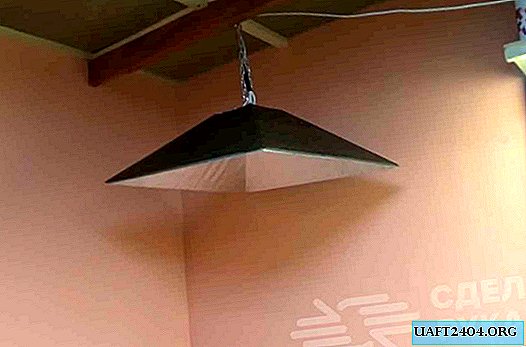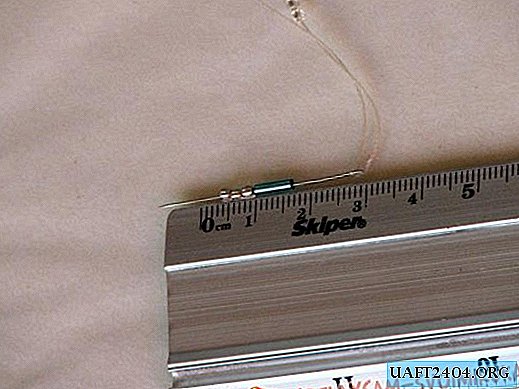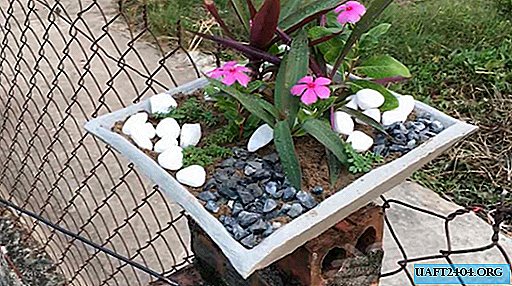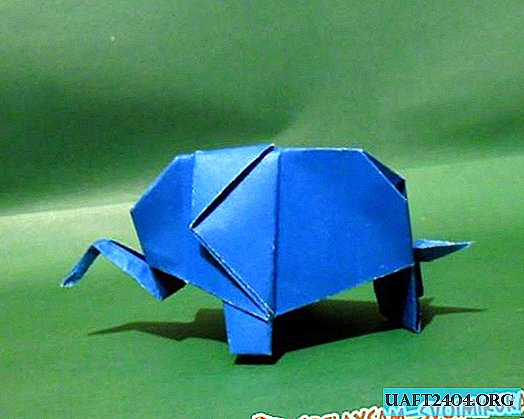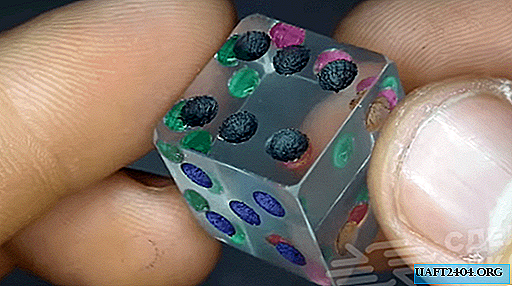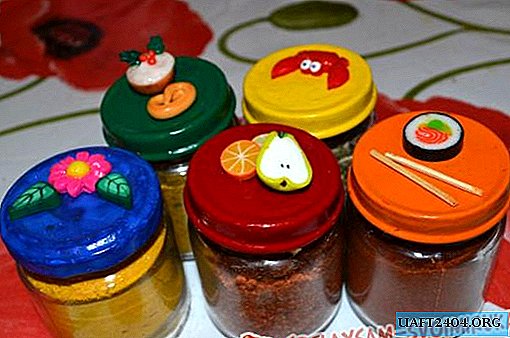Share
Pin
Tweet
Send
Share
Send
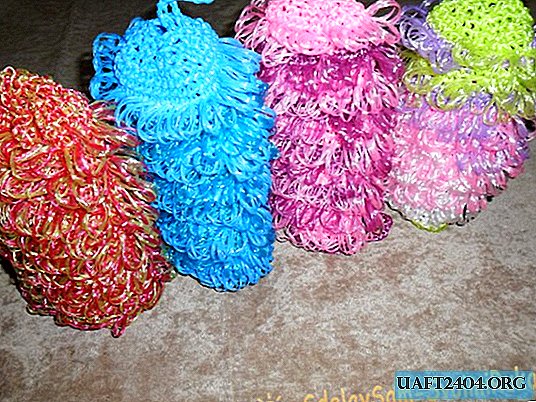
I always take such yarn for the future. Suddenly, an idea comes up or something is urgently needed. And the stock is already there. Such yarn is quite inexpensive. It is sold in skeins or reels. A bobbin is more profitable and convenient. Inside it has a hole where you can get the end of the thread and immediately, without rewinding, knit in two additions.
I knit bags, foot mats, and laundry baskets from such yarn. But best of all, yarn washcloths are obtained. These washcloths have many advantages:
- they are hygienic, microbes do not start in them;
- they dry quickly, lightweight, compact;
- they are beautiful and durable, serve a long time.
So, for knitting a washcloth, I prepared: two bobbins of blue color (only one matte, and the second shiny), hook No. 5 and scissors.
I decided to make a washcloth in the form of a cylinder with "fur". Such a whirlwind can be put on, like a mitten, on a hand. So it will not need to be held, and it will be much more convenient to wash.



Folding the matte blue thread in half, she scored 35 air loops and closed them with a ring. In a circle knitted 5 rows of single crochet. Then I start knitting “fur” (elongated loops). I put a thread on my thumb. I introduce the hook into the loop on the finger under the bottom wall, crossing the thread. I knit a single crochet, pulling a thread through an elongated loop. So I knit the whole row. Long loops of "fur" with this fastening hold tight and do not stretch. It's okay if the elongated loops are not exactly the same length.
In the next row, I change the thread to a different color. I knit two rows of columns and a series of elongated loops. It turns out that the "fur" (elongated loops) will be located through two rows of columns. If desired, you can make "fur" more often: through a series of columns or in each row. But even such a number of elongated loops will be enough for bristle hairiness.





Thus, alternating the colors of the threads, I knit nine rows of "fur". I knit two rows of columns and begin to make a decrease. Having knitted two columns, I miss one column of the previous row. When the hole at the top of the product remains small, I knit a chain of 16-20 air loops. This will be a loop for hanging the washcloth on the hook. I attach it with a half-column, knit a pair of single crochet and finish knitting. I fix the thread by tightening tightly. Cut off with scissors, leaving five centimeters. I crochet between the posts.
On the other hand, I knit a washcloth with a shiny blue thread (the one used to knit strips) to make the edge even and more accurate. For this, two rows of single crochets are sufficient. You can make a loop for hanging washcloths from the bottom of the product. I fix and thread the thread in the same way.
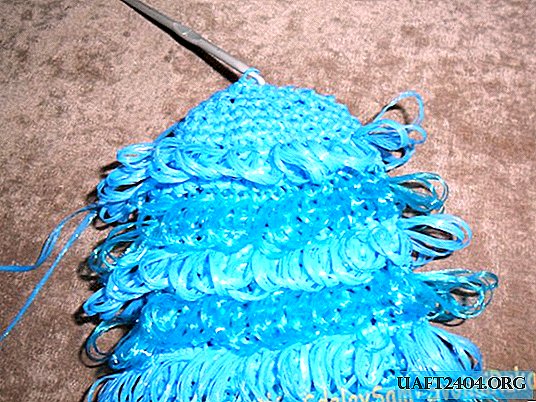




All brand new cute washcloth is ready to use. It took less than 3 hours to produce it. So, if you suddenly need to make a new washcloth, you can do this quickly, spending a minimum of money.


Share
Pin
Tweet
Send
Share
Send

